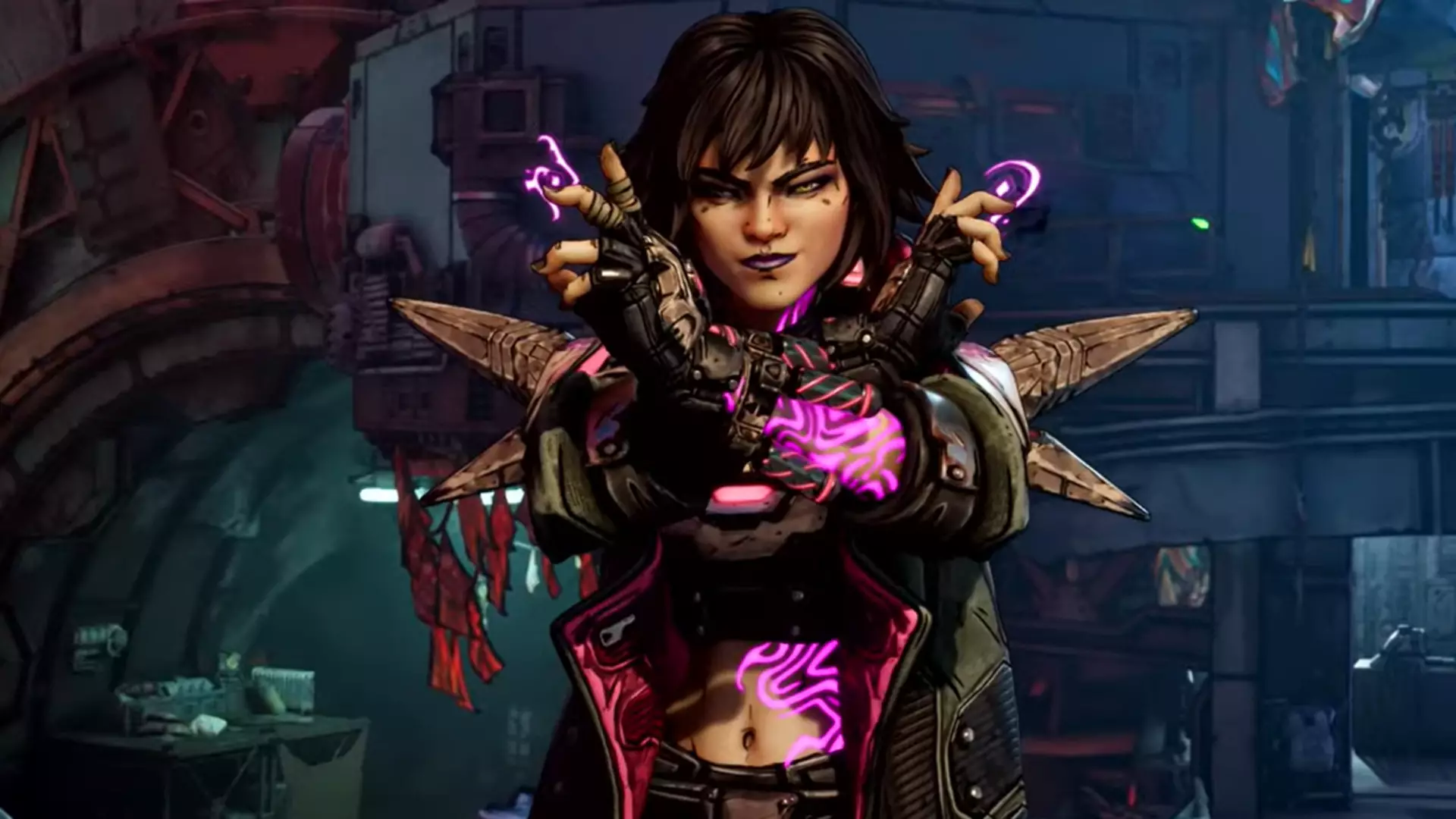In the vibrant landscape of the gaming industry, where immersive storytelling meets cutting-edge technology, the pricing of games has become a contentious topic among developers and players alike. A recent statement from Randy Pitchford, the CEO of Gearbox Software, has reignited this debate in light of the anticipated release of *Borderlands 4*. As he commented on the potential $80 price tag for the game, Pitchford’s assertion that it is “not my call” has stirred both concern and curiosity within the gaming community. His remarks reveal not just an individual perspective, but also shed light on the broader dynamics at play in the industry.
Pitchford’s line about fans needing to “find a way to make it happen” if they truly love the franchise echoes a sentiment that many gamers are likely to find both patronizing and reflective of the industry’s disconnect with its audience. In an era where economic challenges are ongoing and gaming budgets are tighter than ever, the suggestion that passionate fans should merely stretch their finances further can come off as tone-deaf. It raises a critical issue: to what extent should consumer loyalty dictate the purchasing decisions of players, particularly when those decisions carry a significant financial burden?
Inflation and Value Perception
The comparison that Pitchford draws between his youthful experience in front of the Sega Genesis and the projected cost of *Borderlands 4* underlines a historical perspective that may no longer hold weight. In his anecdote about spending the equivalent of approximately $200 today to secure *Starflight*, he invokes nostalgia while inadvertently glossing over the realities of current financial landscapes. Economic inflation means that raw numbers can be misleading; a game priced at $80 today doesn’t necessarily equate to similar value or expectations as games of the past, particularly in a market awash with options and competition.
This brings us to the pivotal question: how do players evaluate the worth of a game? Is it purely based on price, or do considerations of gameplay quality, story depth, and innovation take precedence? A substantial segment of the gaming community has expressed their hesitance to pay premium prices for experiences they deem repetitive or uninspired. The path forward for the franchise hinges not just on price, but also on delivering a game that resonates with fans amid an ever-evolving market.
The Disconnect Between Developers and Gamers
The feedback to Pitchford’s remarks has largely reflected a growing sentiment of discontent. Many gamers perceive a widening chasm between the leadership in the gaming industry and the enthusiasts who support it. The notion that one should simply acquiesce to a higher price for the sake of loyalty can come across as dismissive—especially when it seems to ignore the complex economic realities faced by players today.
In contrast, Pitchford’s perspective is emblematic of a particular mindset prevalent within certain industry circles, emphasizing the importance of commitment and fandom. However, the modern gamer is increasingly savvy and cautious; they watch for both value and integrity in the products they choose. As evidenced by the responses to Pitchford’s tweet, there is a palpable pushback against the idea that a “real fan” must bear the brunt of escalating costs without questioning the underlying justification for such prices.
Finding Common Ground
So where do we go from here? The gaming industry must navigate this delicate balance between creativity and commerce while remaining cognizant of the evolving relationship with its fanbase. Transparent communication regarding pricing strategies and a commitment to delivering genuine value can help bridge this divide. Collaborations involving players in the developmental phases, perhaps through beta testing or community feedback sessions, could engender a stronger sense of ownership and loyalty beyond mere transactional fidelity.
Ultimately, the challenge is not merely about pricing but about nurturing a gaming culture that grows hand-in-hand with its community. By embracing this exploration of value, creativity, and economic realities, the gaming industry can begin to realign its focus towards delivering experiences that resonate deeply with players—long after the price tag is forgotten.


Leave a Reply